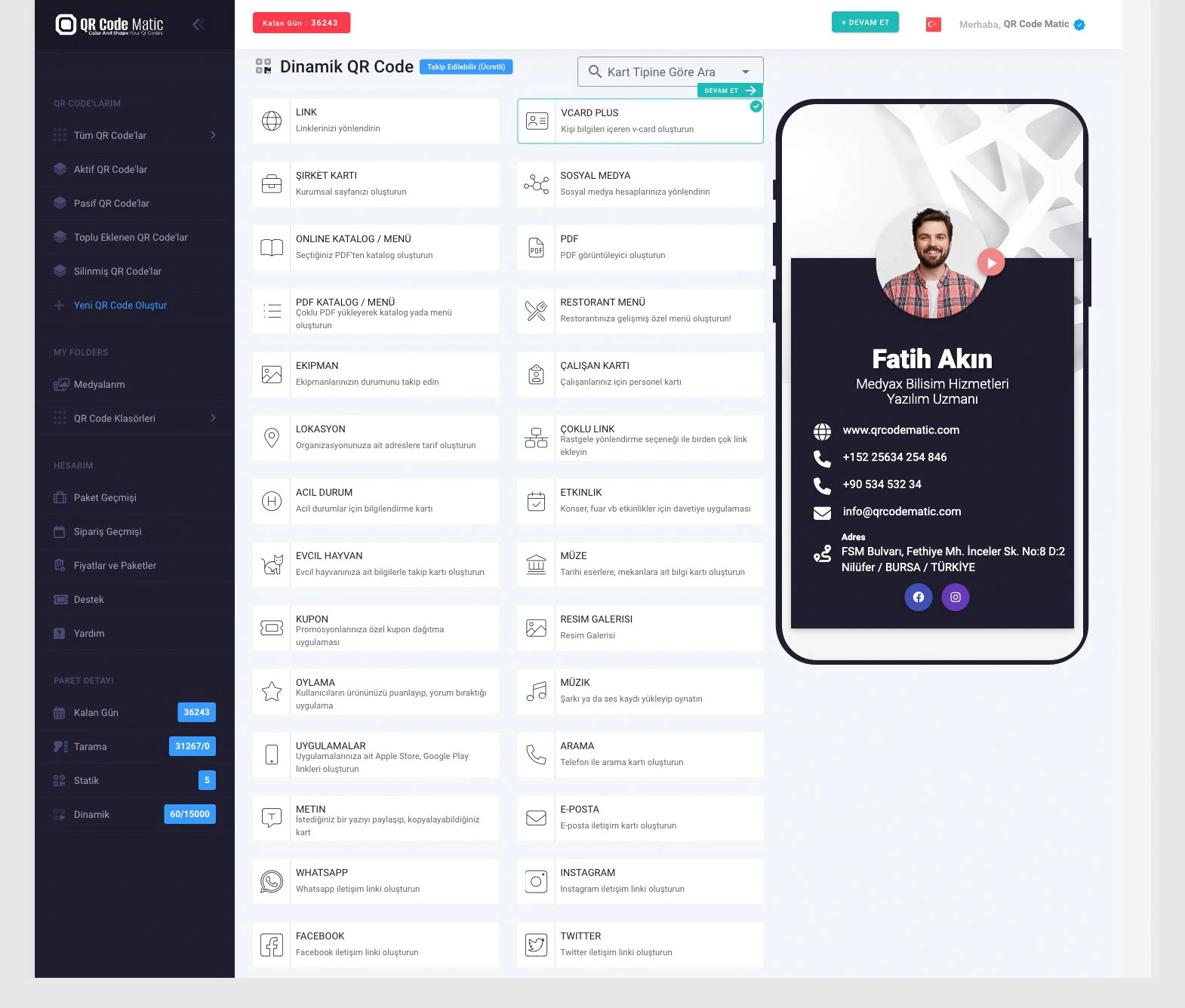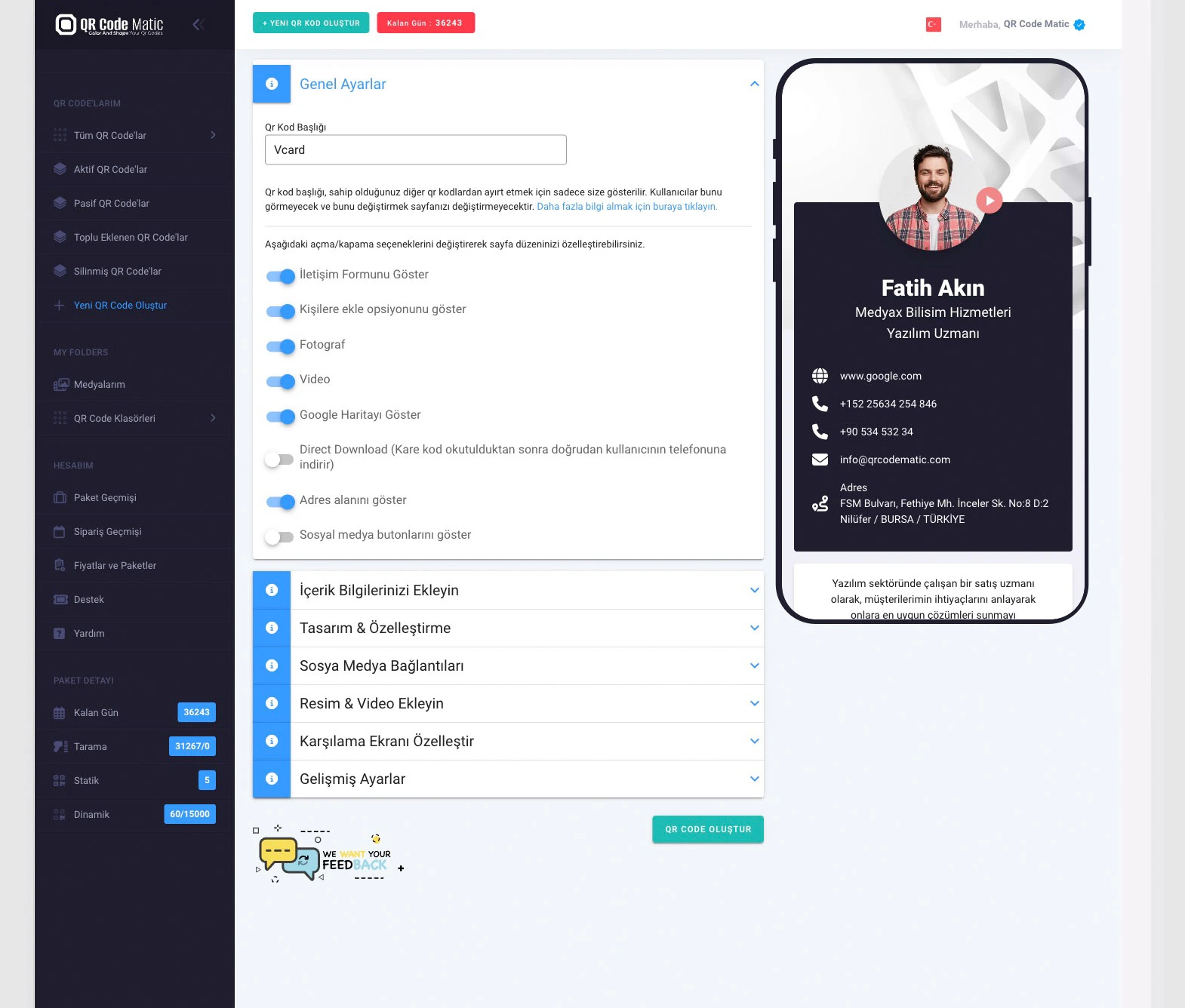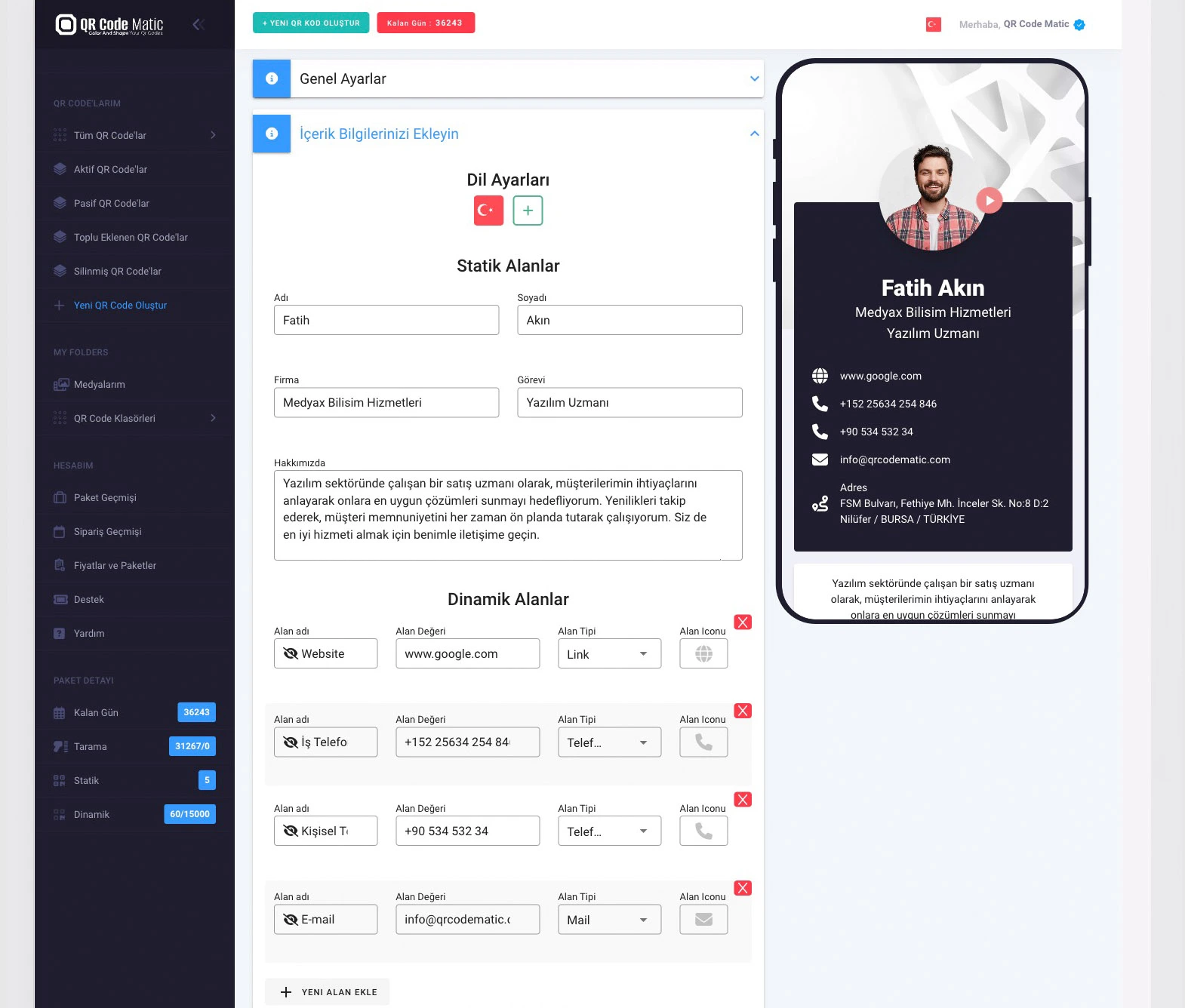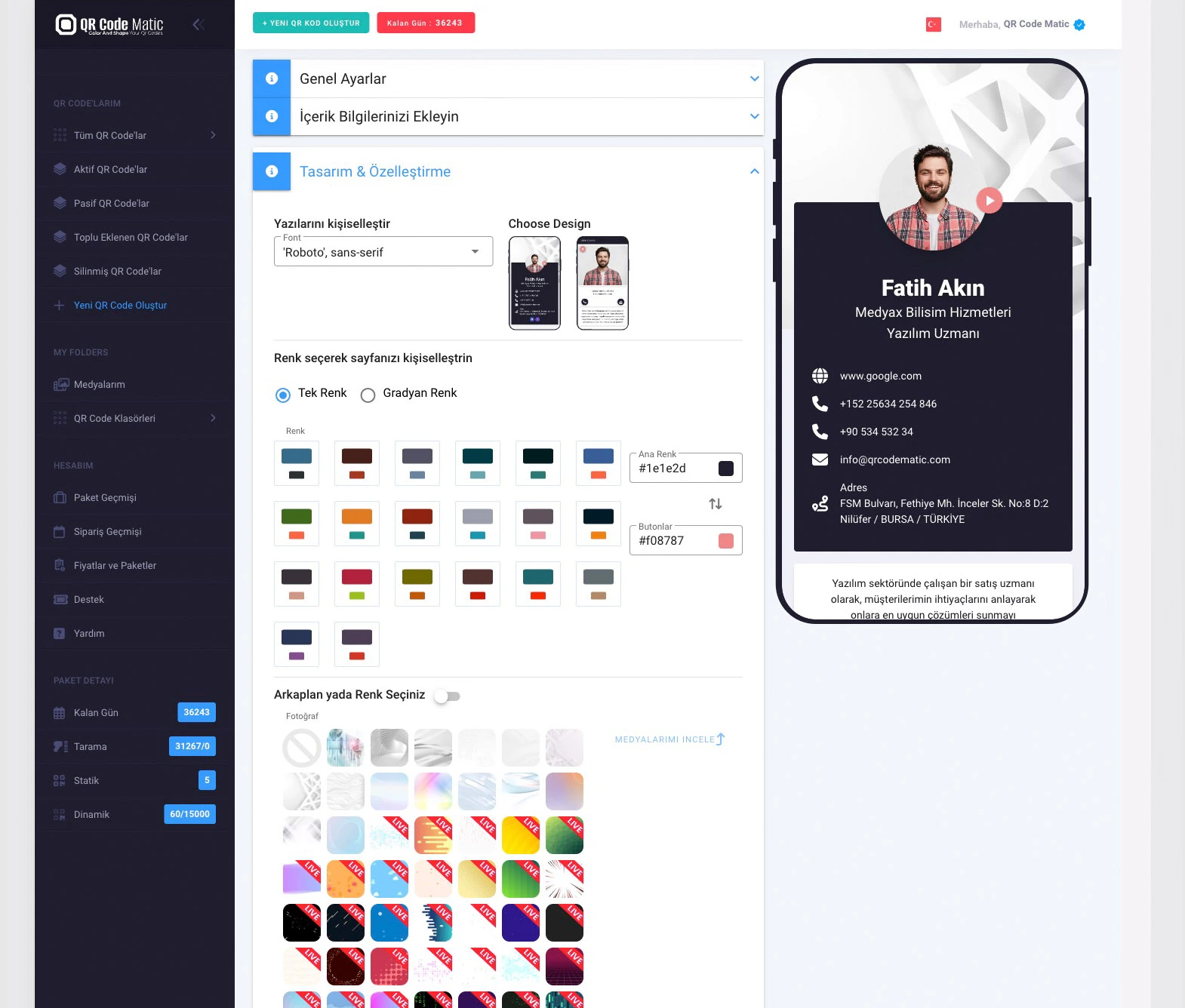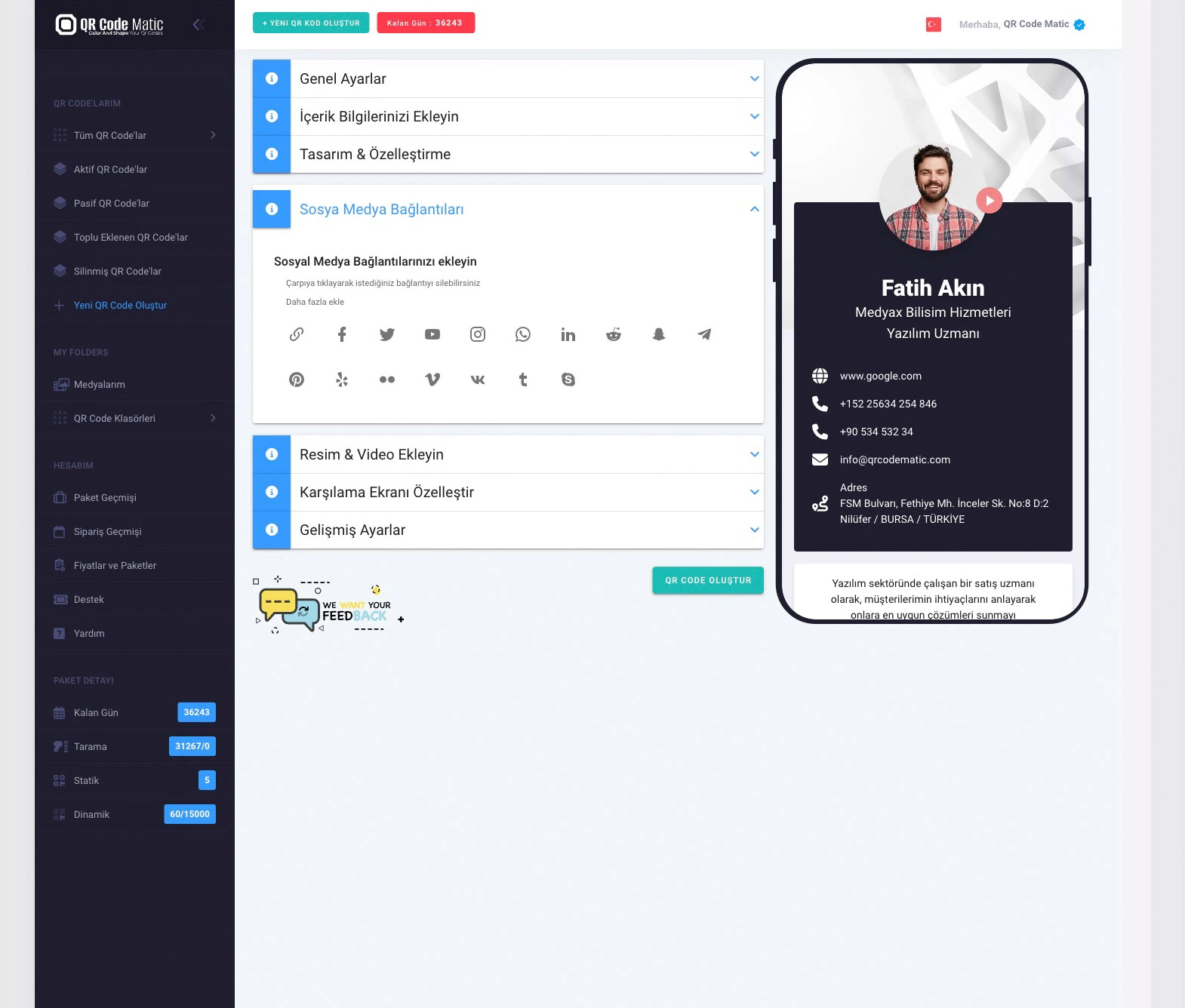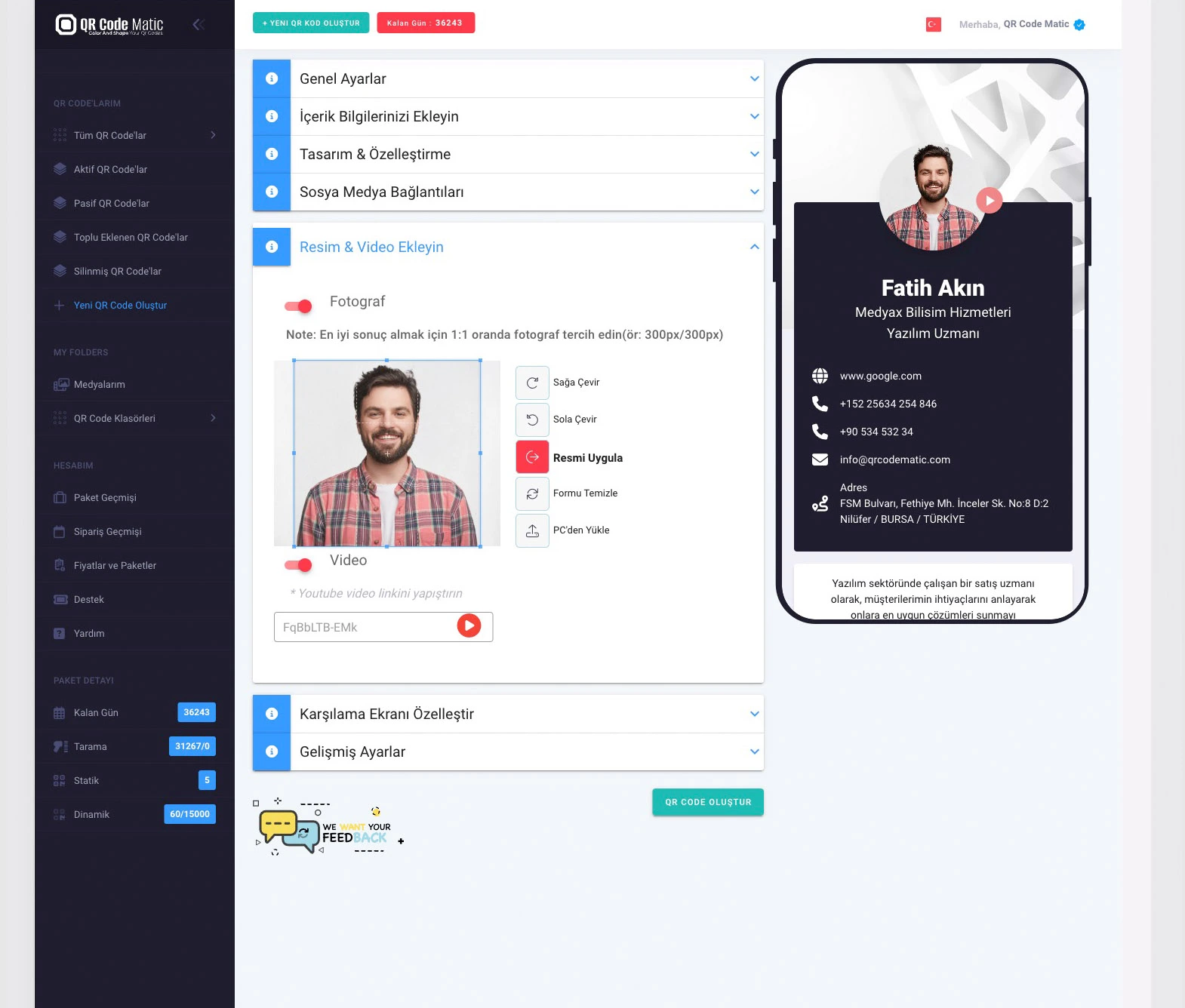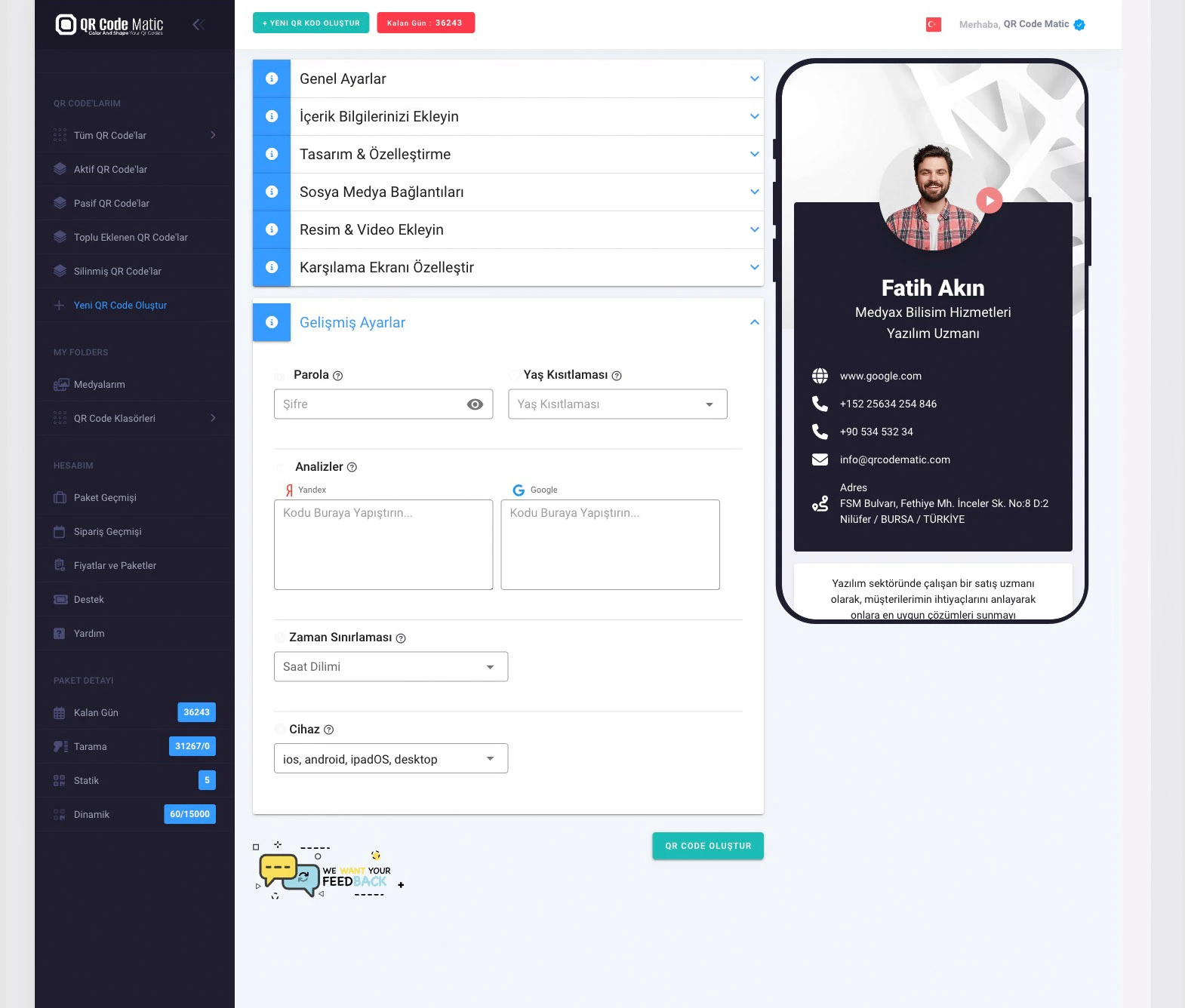In recent years, the use of QR codes has been increasingly widespread in various industries, including the food and beverage sector. QR codes have found a significant application area in beverage cans, water bottles, and many other packaging types. These small square-shaped codes provide quick access to detailed information about the product. Simply scanning the QR code allows consumers to obtain information about the origin, contents, ingredients, and more of the beverage. Let's explore the benefits of using QR codes on beverage and canned bottles.
Access to Product Information: QR codes provide consumers with easy access to comprehensive product information. By scanning the QR code with their smartphones, consumers can learn about the ingredients, nutritional values, allergen warnings, and any special certifications or quality standards the beverage adheres to. This empowers consumers to make informed choices based on their dietary preferences, health concerns, or ethical considerations.
Enhancing Transparency: QR codes contribute to increasing transparency in the beverage industry. Companies can share details about the sourcing of ingredients, production processes, and quality control measures through QR codes. By providing this information, brands build trust with consumers and demonstrate their commitment to transparency and responsible practices.
Product Authenticity and Anti-Counterfeiting Measures: Counterfeit products pose significant risks to both consumers and brands. QR codes can be used as an effective tool in combating counterfeiting. By scanning the QR code, consumers can verify the authenticity of the product and ensure they are purchasing a genuine item. Brands can implement additional anti-counterfeiting measures through QR codes, such as unique identifiers or security features accessible only via the code.
Consumer Engagement and Loyalty: QR codes enable brands to engage with consumers and enhance loyalty. Consumers who scan the QR code can participate in contests, respond to surveys, or join loyalty programs. Brands can incentivize repeat purchases by offering rewards, exclusive content, or personalized recommendations, thereby fostering a deeper connection with their customers.
Sustainability and Recycling Initiatives: QR codes can be utilized to promote sustainability and recycling. Brands can share information about packaging materials through codes, provide recycling instructions, or communicate their initiatives to reduce environmental impact. This encourages consumers to make eco-friendly choices and properly dispose of packaging, contributing to a circular economy.
Traceability and Supply Chain Management: QR codes assist beverage companies in improving traceability and supply chain management. Consumers can access information about the product's source, production and distribution processes, and even details about farmers or suppliers by scanning the QR code. This level of transparency helps build trust and confidence in the product's quality and origin.
In conclusion, the use of QR codes on beverage and canned bottles provides numerous benefits to both consumers and brands. It enables access to detailed product information, supports transparency, ensures product authenticity, fosters consumer engagement and loyalty, promotes sustainability initiatives, and enhances traceability in the supply chain. As QR codes continue to gain popularity, they encourage consumers to make more informed purchases, question food safety and quality standards, and overall enrich the consumer's food experience.
